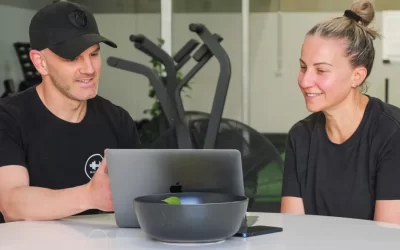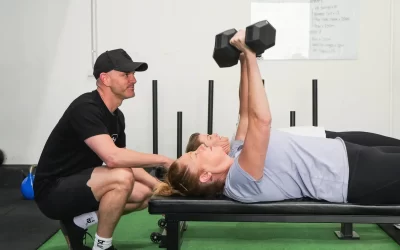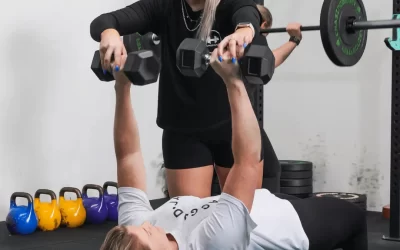Why do we lift weights? It’s a good question, why not just do aerobic cardiovascular work all the time? There are certainly some huge benefits to being aerobically fit, like there are to being strong, our stance is, why not both?
“Strong people are harder to kill than weak people, and more useful in general” – Mark Rippetoe
Aside from being a funny quote, there’s definitely some truth to it, increased muscle mass does lead to lower rates of all-cause mortality (harder to kill), for reasons related to metabolic benefits, more muscle mass generally makes it easier to keep body fat levels down and makes activities easier to do, if things like running and going to the gym are easier to do people are more likely to do them, making them stronger, and creating a self perpetuating cycle of better health
Not sure about the useful part, although physical health makes mental and emotional health a lot easier to obtain, and certainly if you are chronically sick it is much harder to perform at your usual level, so maybe it’s just a harsh truth..
In any case, strength is critical to living an optimal life, it also makes going to the gym a lot more fun when you can feel yourself getting stronger
The way we build strength is also important, it is arguably ‘safer’ to build strength using machines that control the direction of the weight and sit you in a nice comfortable seat, however that kind of defeats the purpose, if we want to be able to play with our kids, pick up boxes from the floor, elbow people out the way for the last 48 pack of toilet roll at the start of a lockdown, then we need to be strong in a dynamic environment. We need to be able to transmit force from the floor through our legs, our trunk and into our shoulders and arms, particularly when fighting for toilet paper
We also need to practice (remember, everything is a skill) the functional patterns that pop up in human life over and over again, these are:
- Squat
- Hinge
- Pull
- Push
- Lunge
- Carry
People don’t go to nursing homes because they’re sick, they go because they can no longer perform those movements, so they need someone to do it for them
Doing these movements with skill, and then with force is critical to living a full life, a life where you are not sitting on the sidelines
We practice at least 3 of these movements in every session, across a range of sets and reps schemes. Sets (groups of reps) and reps (actual amount of times you perform the movement before resting) determine the focus of our strength training
Generally, higher reps equate to lower weight and a more muscle building (hypertrophy) focus and can also be used to really learn the skill, while lower reps equate to more max strength focus as we can increase the weight due to fatigue being less of a factor. The amount of sets will control the overall volume of the weight being lifted during the session, and will vary depending on the focus of the session
We also manipulate rest periods accordingly, generally less rest during hypertrophy phases and more rest during strength phases. What we love to do is to add accessory work (work not going to fatigue you from your main lifts, life core work or shoulder work etc) in the rest periods during strength phases to keep classes a bit more interesting
We need to swing between both hypertrophy and strength phases as the body will become used to each phase over the course of 3-6 weeks and our returns will diminish, so by changing between these phases we can keep the gains coming at a good rate
There is also more metabolic and muscular fatigue associated with hypertrophy phases, whereas strength phases fatigue the central nervous system more, so these do need a rest from time to time as well
The challenge to a great strength program is to vary the amount in the right way so that we are walking the line between enough stimulus to create change in the muscles, but not too much so that it causes injury. This is where art meets science, particularly when training groups. Stress, sleep and nutrition also play into this mix and so generally we will do less max strength work over Christmas as stress is often higher, sleep is lower and nutrition is…. Well we know where nutrition is over Christmas
I hope these gives you a little insight into why we do what we do at Blinco Built and gives you a greater understanding of how your training fits into the context of leading a healthy life.





0 Comments